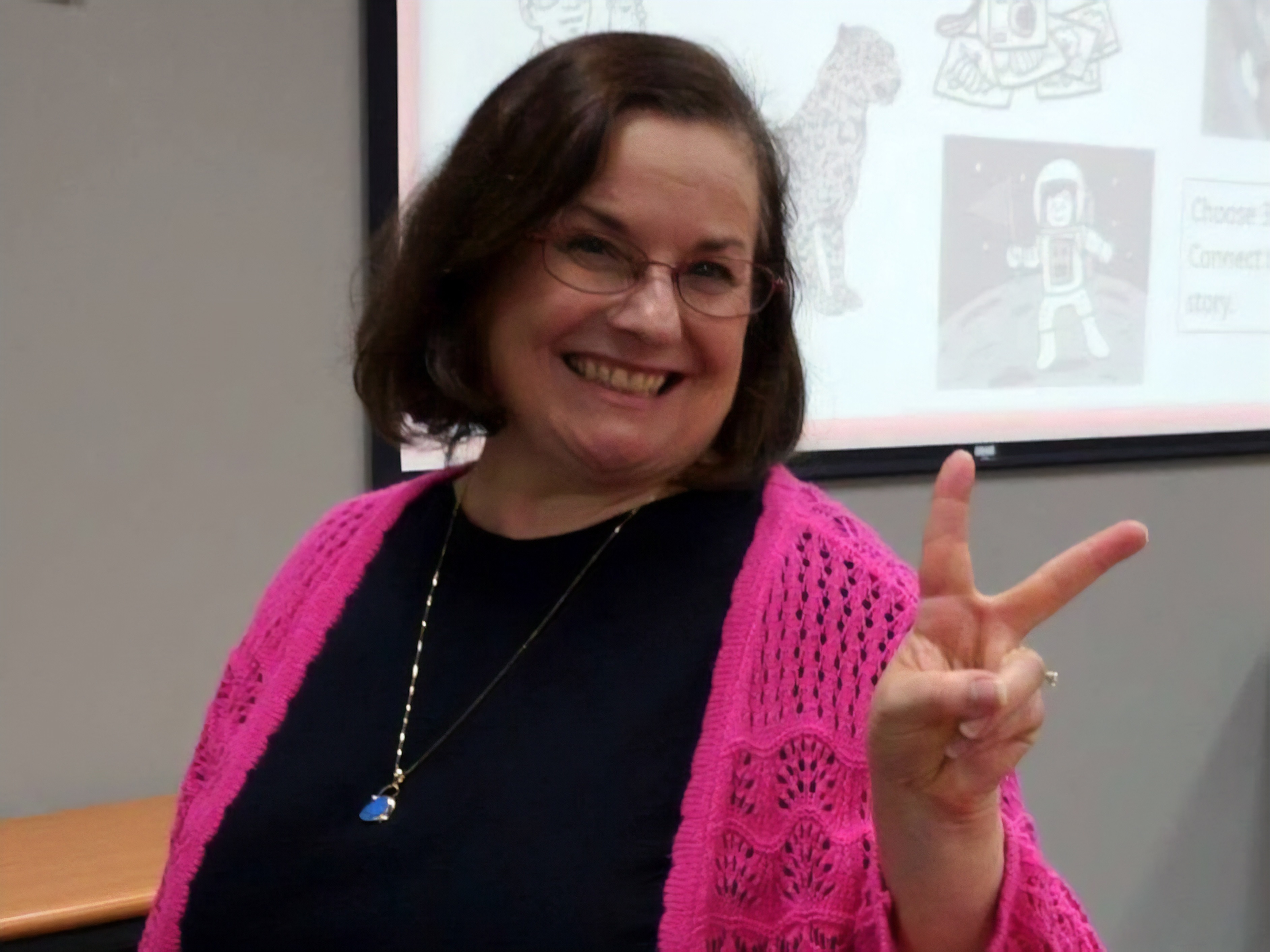Through my work as an author and teacher trainer, I’ve been lucky to meet and work with primary teachers throughout Asia where I’m based, and around the world. Most of these teachers use technology in some way in their language classrooms. Some work in schools where every student has a tablet, and others work in classrooms where a smartphone is the only tool available, but technology is a resource they all value to various extents.
Technology in the classroom works best when used to do things that teachers couldn’t do otherwise, or allows teaching and learning to become more efficient and effective. Like other resources, teachers are in the best position to decide how, and when, these tools should be incorporated into lessons. In this post I’d like to share my ideas on the best ways to integrate technology into the classroom as well as suggest some guidelines for doing this safely and effectively.
What can technology tools do well?
Extend the amount of time students spend using English
In Asia, where I work, students typically have little contact with English outside of the language classroom. That means that the amount of English students are exposed to might be an hour a week in private language schools, or less, in state primary schools. Technology tools can extend the amount of time students interact with English. Some teachers create YouTube playlists for their students to use at home. Others use the online practice that comes bundled with course books. Some teachers create their own videos for students to watch at home, and others have students create ‘show and tell’ videos about their favourite things, hobbies and interests. Check out Jen Dobson’s to ensure you do this whilst respecting the rights of the children you teach and their parents and caregivers.
Connect students to the world outside the classroom

Webcams allow students in linguistically or geographically isolated regions to connect with students around the world. Using English to communicate with real people makes learning meaningful and is fun and motivating for primary learners. Time zones can be a challenge, however, there are some great Apps such as that allow asynchronous communication, enabling students to share information about a topic and later receive comments from students in other parts of the world. As well as more traditional email, they can also use a platform like YouTube to exchange video letters.
Give students a chance to feel capable
Young children can develop fine motor skills while using a keyboard or tapping a screen to a play a game or create an object. Primary learners can learn how to create presentations, or videos, or teaching materials for early years children. I like to work with older primary learners to create listening tasks for younger primary and even early years. This works well as they’re not just practicing their own pronunciation and critical thinking skills — they’re providing motivating role models for the younger children as language learners.
Personalize language teaching

Technology makes it easier than ever to personalize language learning. Teachers can search for content that is personally motivating for specific students, turn student-generated stories into and creating video or audio recordings of students helps create a personal connection to English which empowers children to see language as a tool for communication from an early age. While students can certainly create their own without technology, adding a final step where they have a chance to perform, record, and share their chant turns practice into rehearsal, and provides an audience for their work.
Create opportunities for co-learning with teachers
When teachers and students learn how to use new tools together, teachers have a chance to model their own learning process. With early years and primary learners, teachers can nurture an attitude of play and adventure in English — ‘I wonder what will happen if we tap this picture?’ Searching for images to help explain new vocabulary can also model good learning strategies. Testing out translation apps gives both teacher and students a chance to learn how to evaluate the quality of translations, and strategies to get the best results.
Guidelines for incorporating technology tools in language teaching
Focus on pedagogy first
Young children learn best through play, interaction, and the involvement of all their senses. Decide on your lesson goals before looking at resources, both traditional and technological. If technology can support what you’re trying to do, then use it. Technology tools are most effective when they are integrated into learning rather than an isolated activity.
Make sure technology tools are developmentally and linguistically appropriate
Touch screens are easier for young children than using a mouse. Spoken or graphic instructions are easier for non-readers. Many free web tools and games are not designed for young language learners. This doesn’t mean that they shouldn’t be used, but it does mean that teachers should explore the tools first to understand the experience children might encounter.
Use whatever technology is available, and don’t worry about the tools you don’t have
The benefits of using technology come from how it is used as a tool and a resource, not from which specific devices or tools are used. Children like what they can do with computers, not the computers themselves, and what children like to do is make things, play, and interact with friends. What teachers do with technology is more important than which devices they have available.
How do you use technology in your classroom? We’d love to hear from you in the comments below.
(Signed parental / caregiver permission was sought and provided for the photographs which appear in this blog post).
Resources
Examples of student projects on SlideShare https://www.slideshare.net/barbsaka/
Examples of student projects on YouTube https://www.youtube.com/user/barbsaka
Examples of student projects on AuthorSTREAM http://www.authorstream.com/barbsaka/
Additional reading
Sakamoto, B. H. (2015). The role of technology in early years language education. In Mourão, S. and Lourenço, M. (Eds.), Early Years Second Language Education: International Perspectives on Theories and Practice (pp. 120-136). Abingdon: Routledge.

